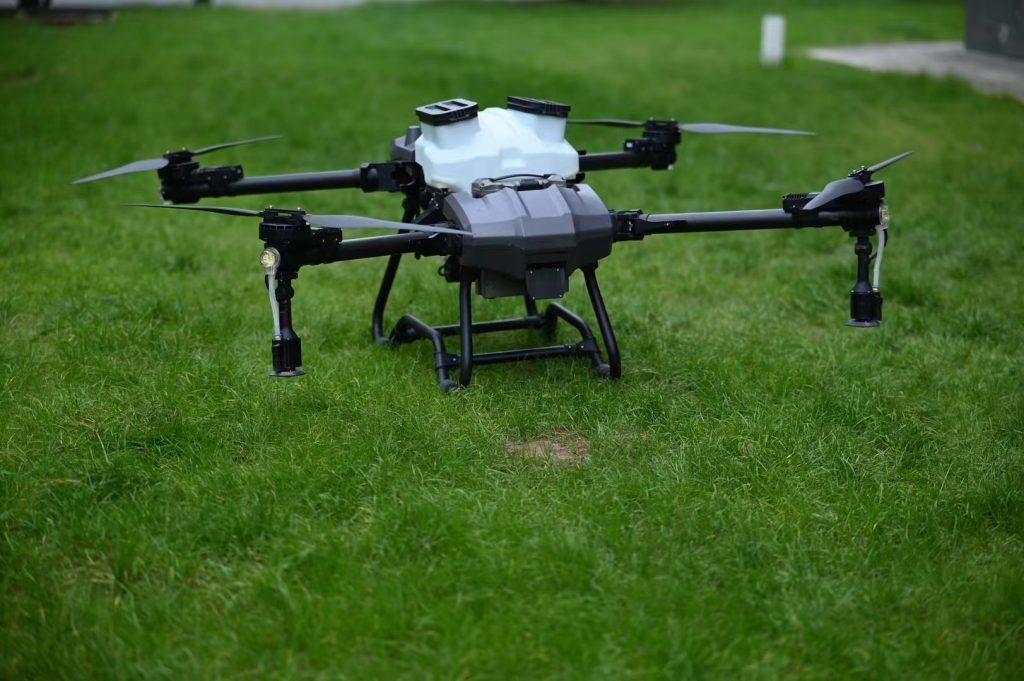
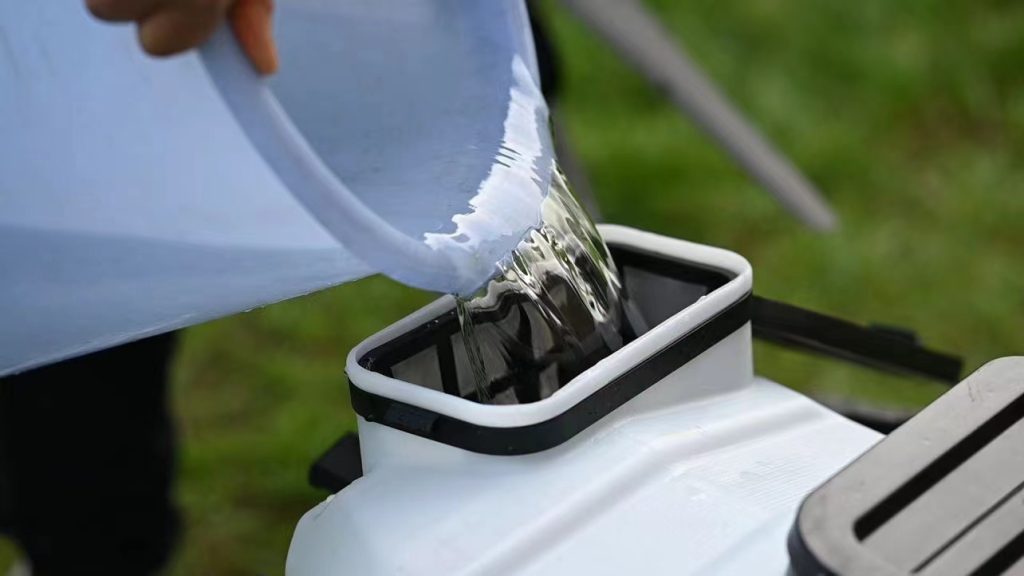
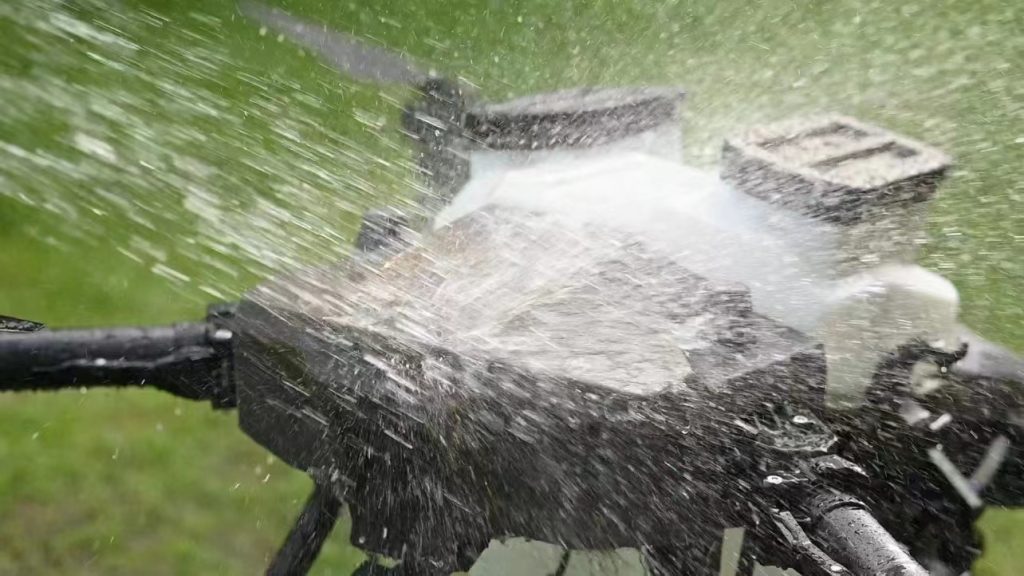
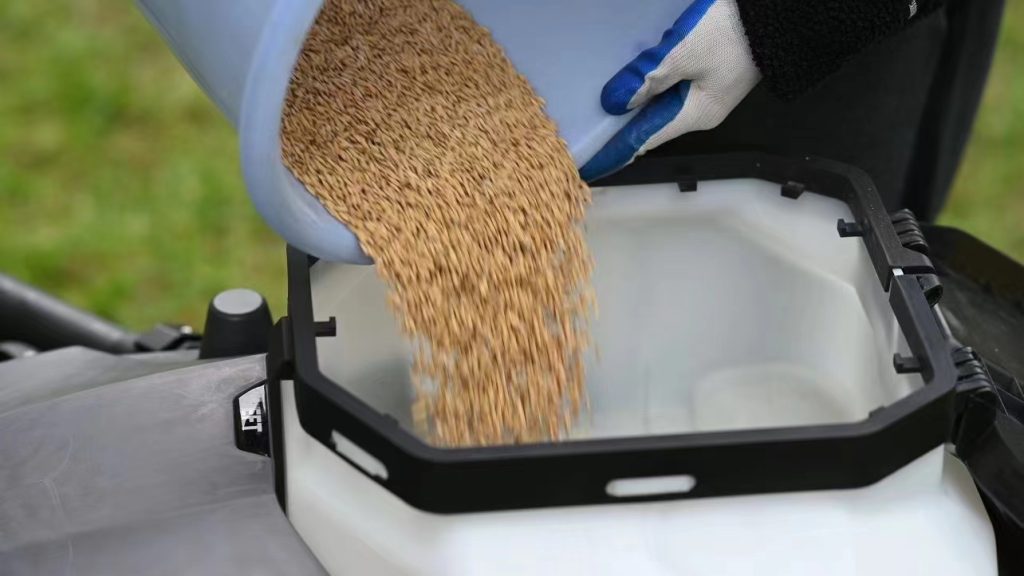
In recent years, agricultural drone sprayers have become a revolutionary tool in the modernization of global farming practices. These drones are transforming how crops are protected and nourished, offering efficiency, precision, and sustainability that traditional methods cannot match.
What is an Agricultural Drone Sprayer?
An agricultural drone sprayer is an unmanned aerial vehicle (UAV) equipped with tanks and nozzles to spray liquid substances such as pesticides, herbicides, fertilizers, or even water directly onto crops. These drones are operated remotely or through pre-programmed flight paths, allowing for accurate coverage and minimal waste.
Benefits of Using Drone Sprayers in Agriculture
-
Precision Application
Drone sprayers use GPS and advanced sensors to precisely target specific areas. This ensures that chemicals are only applied where needed, reducing the risk of over-spraying or harming the surrounding environment. -
Increased Efficiency
Compared to manual or tractor-based spraying, drone sprayers can cover large areas in a fraction of the time. Some models can spray up to 15–20 acres per hour, depending on payload and terrain. -
Cost Savings
Farmers can save on labor costs, fuel, and chemical usage. With smart spraying systems, the drone can adjust the spray volume based on crop density or terrain, avoiding unnecessary waste. -
Safety for Operators
By using drones, farmers avoid direct contact with harmful chemicals, especially in extreme weather or hard-to-reach areas such as mountainous regions or muddy fields. -
Environmentally Friendly
With less chemical runoff and precise targeting, drone sprayers support sustainable farming practices and help reduce soil and water pollution.
Common Applications
| Use Case | Description |
|---|---|
| Pesticide Spraying | Control of insects and pests in crops like rice, corn, and wheat. |
| Fertilizer Spraying | Liquid nutrients are delivered directly to crops for optimal absorption. |
| Herbicide Application | Targeted spraying of weeds without damaging surrounding crops. |
| Seeding or Watering | Some models support spraying of water or micro-granular seeds. |
Key Features to Look For
- Flight Time and Battery Life: Longer battery life means higher coverage per flight.
- Payload Capacity: Larger tanks reduce the need for frequent refills.
- Nozzle Design: Adjustable nozzles enhance spray accuracy and droplet size control.
- GPS & RTK Systems: Ensure accurate flight paths and geofencing for restricted areas.
- Obstacle Avoidance: Crucial for safety and smooth operation in complex terrains.
Future Outlook
As drone technology continues to evolve, agricultural drone sprayers are expected to integrate AI-driven crop diagnostics, automated refilling stations, and even swarm spraying techniques. These innovations will further increase productivity and make precision farming more accessible to farms of all sizes.
Conclusion
Agricultural drone sprayers are no longer just high-tech gadgets; they are becoming essential tools for modern farmers. Their ability to save time, reduce costs, and protect the environment makes them a smart investment for future-ready agriculture. As global food demand rises, drone sprayers will play a critical role in feeding the world more efficiently and sustainably.

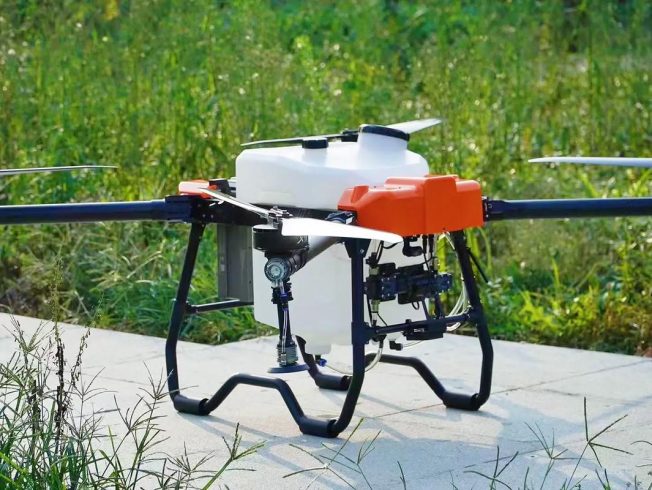
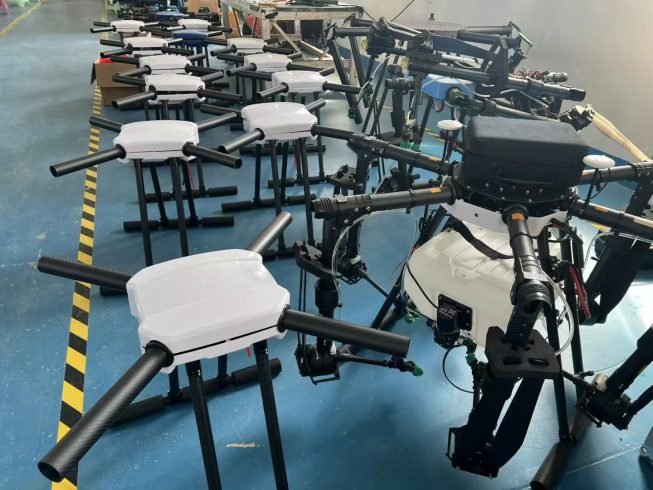
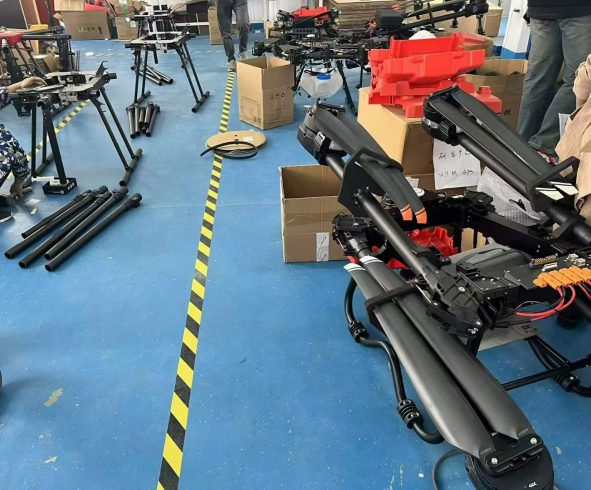
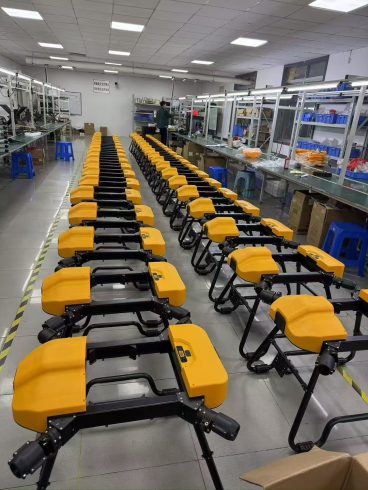

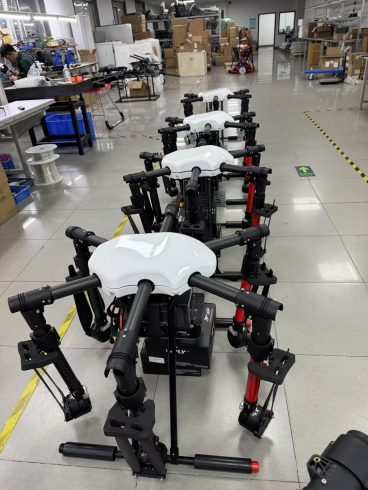
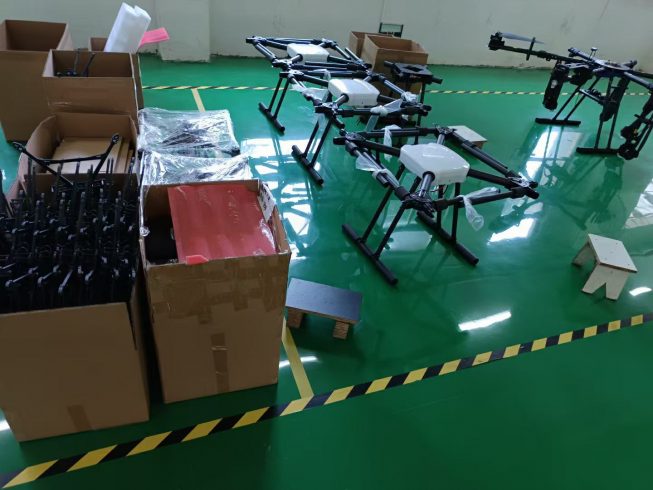
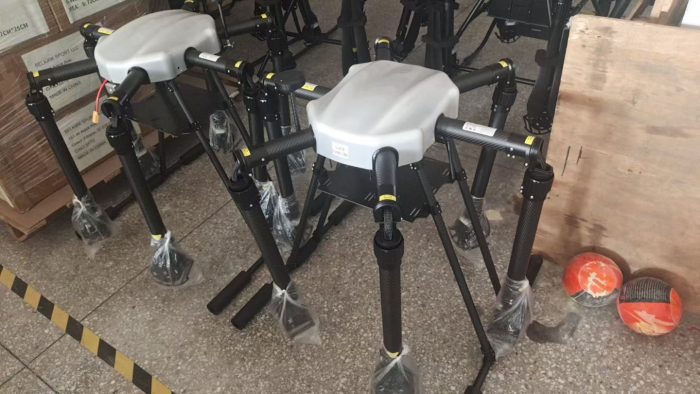
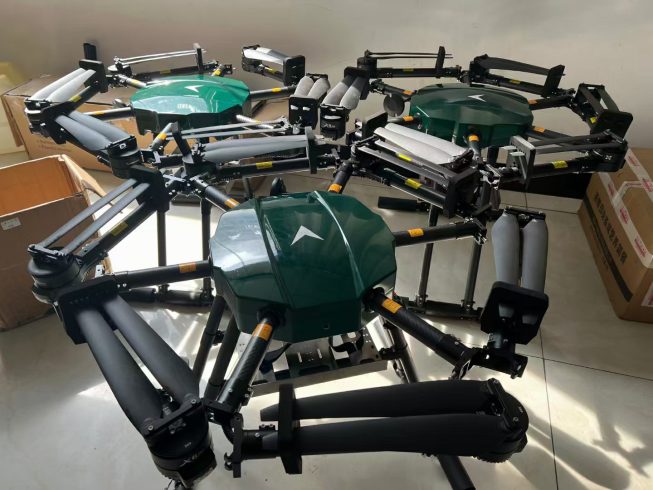
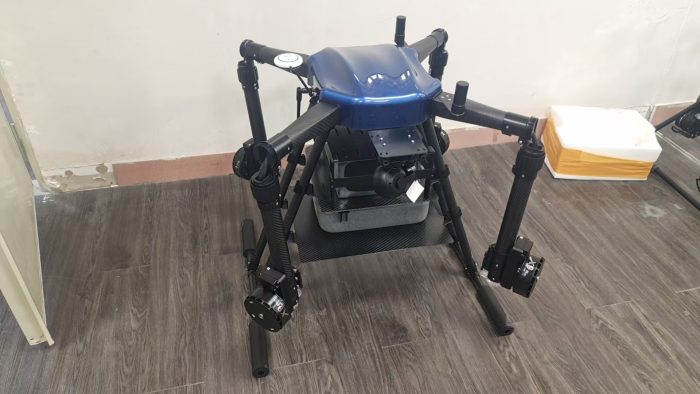

暂无评论内容